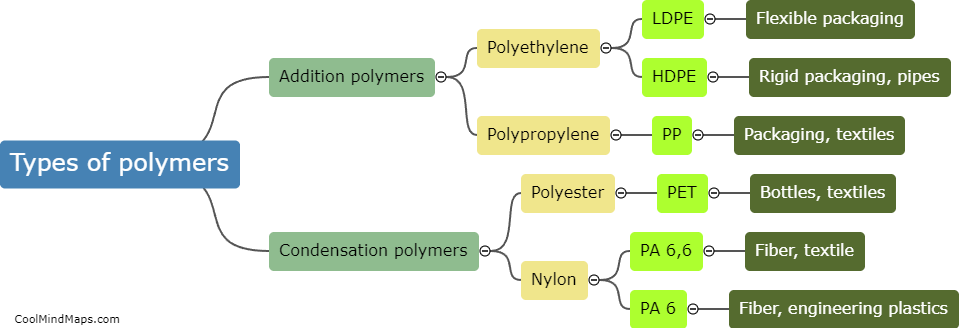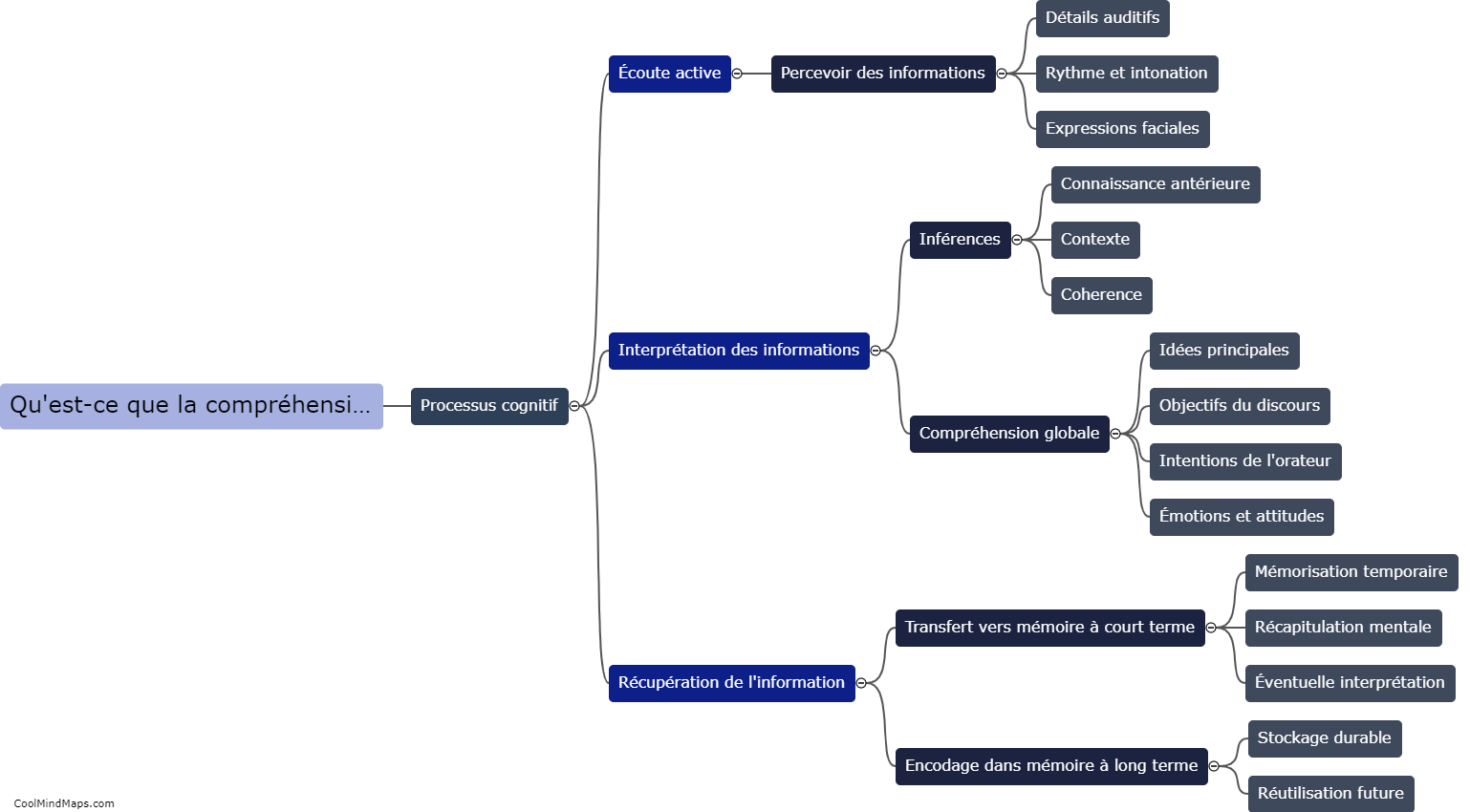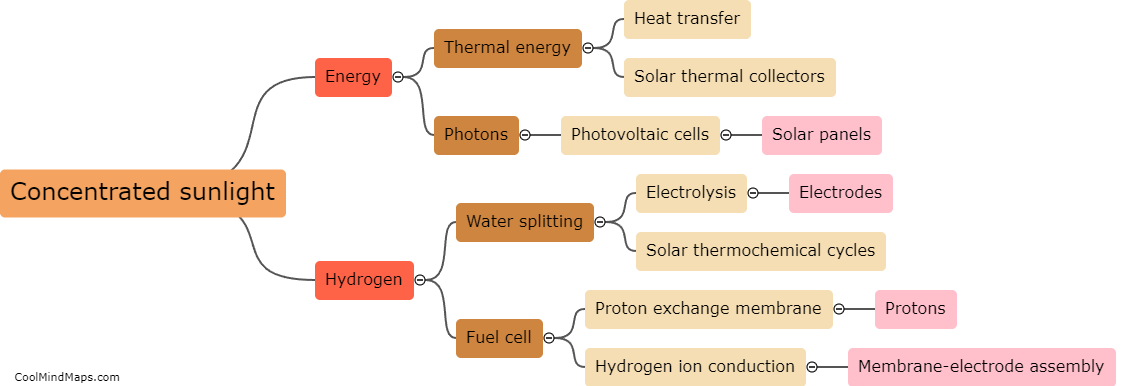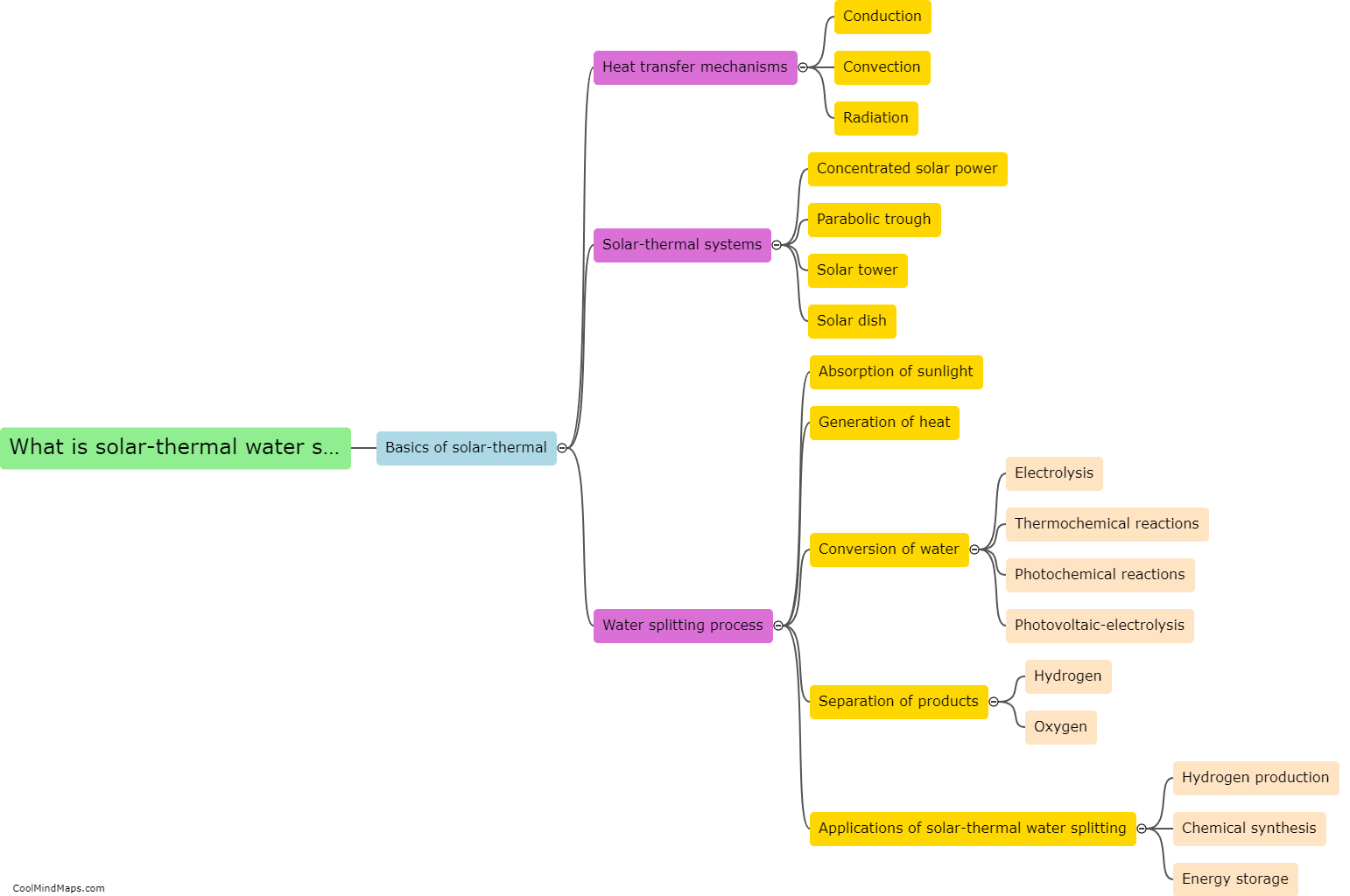What is the potential of solar-thermal water splitting for hydrogen production?
Solar-thermal water splitting is an emerging technology with immense potential for hydrogen production. It utilizes the heat energy from concentrated solar radiation to split water molecules into hydrogen and oxygen. This process has several advantages over traditional methods of hydrogen production, as it offers a more sustainable and environmentally friendly approach. The technology has the potential to achieve high efficiency levels, leading to cost-effective hydrogen production. Moreover, solar-thermal water splitting can be integrated with existing infrastructure, such as power plants, making it a viable option for large-scale hydrogen production. With further research and development, this technology holds promise in addressing the energy demands of the future while reducing greenhouse gas emissions.

This mind map was published on 4 October 2023 and has been viewed 169 times.











